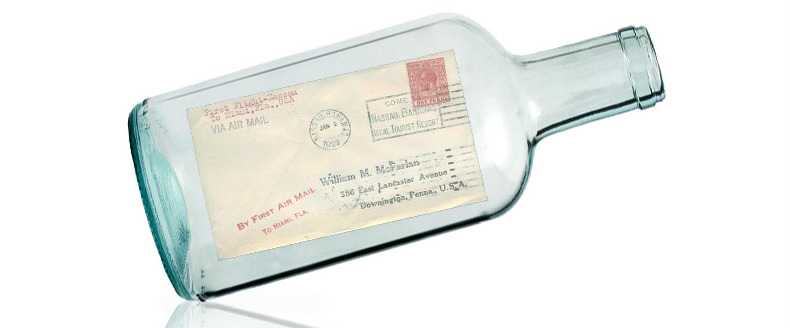Most political campaigns pinch pennies — if they can find a way to save a few bucks on voter outreach, they usually will. That’s one reason “addressable” advertising has become popular in the past five years, particularly at the presidential and statewide levels, where campaigns more often have the capacity to build the data models to identify demographic groups and specific voters to persuade or turn out.
Most digital political professionals will think of voter file/cookie-targeting or IP-targeted online ads when the word “addressable” comes up, but more and more cable and satellite TV providers can now direct ads at specific households based on demographic or voter data. Does this ability mean that campaigns no longer have to worry about wasting ads on people who either aren’t registered to vote or aren’t priority contacts? Spending money only on those voters who’ll make the difference sounds like a perfectly sensible plan.
Not so fast: as Carol Davidsen pointed out on a panel we shared at last week’s CampaignTech Chicago conference, an all-addressable strategy is only as powerful as your targeting model is accurate. She should know — as we’ve discussed in the past, she ran Barack Obama’s data-targeted TV operation back in 2012, which helped the campaign reach vital demographic groups in the most cost-effective places and times.
An all-addressable strategy is only as powerful as your targeting model is accurate.Click To TweetIt’s a classic question of Garbage In, Garbage Out: if your data model tells you to aim your ads at the wrong people, even the best targeting techniques aren’t going to help you win votes. Hillary Clinton’s 2016 campaign exemplifies the problem, since they were so confident in their modeling that they didn’t even bother to conduct polls in the last few weeks of the presidential race in the states that swung the election. And, they relied heavily on addressable advertising to reach only the voters that weeks-old models told them to. Guess what happened?
As I put it in the “How to Use the Internet to Win in 2016” ebook,
Not All Your Outreach Will Be Targeted
Sometimes online outreach works best when it’s directed like a rifle at a particular target, but a good shotgun still has its place. The ease of online self-publishing has created a whole new class of “network influentials,” a category that includes national and state-level bloggers, prominent Twitter voices, individual activists with large personal networks and the administrators of sizable email lists. Basically, anyone with a following!
Sometimes a campaign can identify and target the right individual voices intentionally, but often it’s hard to predict which story will catch which person at the right moment to break through. Also, online targeting can hit a point of diminishing returns — if you target your outreach over-precisely, you may miss a bunch of potential supporters completely.
The best answer seems to be a combination of targeted and untargeted outreach: online communicators can use a sharpshooting approach when appropriate, delivering targeted messages and ads to particular voters and connecting personally with chosen bloggers, Twitter enthusiasts and journalists. Meanwhile, they’ll still be blasting information out via mass email, YouTube, Tweets, Facebook updates and blog posts. The targeted approach will often give the best results, but other times a random and potentially overlooked channel can actually turn out to be the most productive.
In the military world, it’s a truism that no plan survives contact with the enemy. In the political world, no plan survives contact with reality. Without mechanisms to check your work, whether via polling, canvassing or word-of-mouth on the street, you may miss last-minute swings that completely change the dynamics of a race or a region.
In the political world, no plan survives contact with realityClick To TweetWithout at least some outreach via channels with a “fuzz factor” to catch voters your data model missed, you may find yourself with a dangerously open flank. In either case, your confidence in your own strategy may be your worst enemy. Just ask Hillary Clinton.
– cpd


[…] voters, they risk missing a huge swath of the actual electorate. Some potential supporters won’t fit into neat data models , for example, while others will fall through the profile-matching cracks at the ad-vendor level. […]